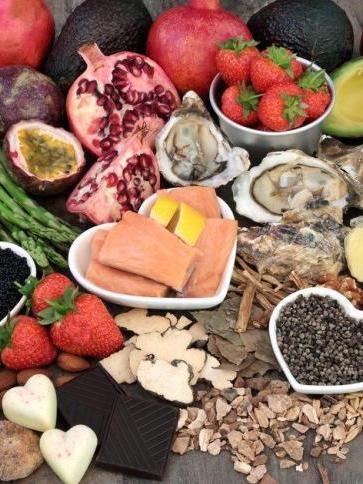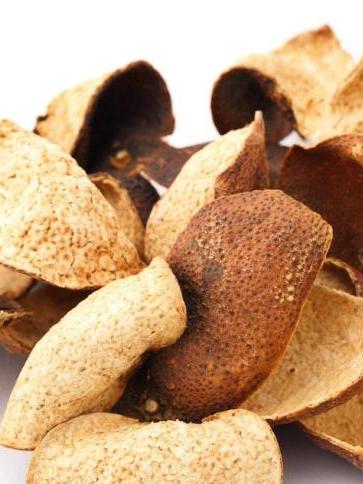
In Europe, this spring delicacy is often treated like the king of vegetables when it is in season. White asparagus is usually dug out of the earth before its head even peeks out from the soil, then wrapped in a damp cloth to keep it fresh during transportation. One way of preparing the vegetable is simply to charcoal-bake it to bring out its delicate fragrance. At Hugo’s restaurant in Hyatt Regency Hong Kong, for instance, the grilled asparagus is served with pan-seared Hokkaido scallops, parma ham and juicy cherry tomatoes.

With a distinct honeycomb-like appearance, morel mushrooms are prized for their versatility and deep earthy flavours. Usually in season from March to May, fresh morel mushrooms are not easy to store, so these capped stems are usually dried and kept aside for use in winter and autumn months. Over at the Mandarin Oriental Hong Kong, executive chef Robin Zavo combines the runny yolk from a 63°C sous vide egg with these meaty mushrooms for a hearty dish.
Beetroot
This root vegetable typically comes into season in spring and autumn, though the spring harvest is said to be sweeter in taste. Besides the common red variation, fine-dining restaurants also serve golden beetroot.

Fukinoto (Butterbur sprouts)
It usually marks the first sign of spring for the Japanese whenever this bulbous sprout makes an appearance.
As the vegetable is very bitter, a traditional way of preparing it is coating the butterbur sprouts in batter then lightly deep-frying it to make a
tempura. Sweet sauces such as honey are usually used as well to temper the bitterness.
White turnip (Kabu)
This seasonal Japanese vegetable is usually harvested in winter, but can also be enjoyed early on in spring.

Best harvested from March to May, artichokes are widely used in Europe because of its distinct characteristics. The nutty flavours of the vegetable go well with premium ingredients such as parma ham and seafood. At Mercato by Jean-Georges, for instance, scallops are pan-seared with artichokes then drizzled with olive oil to bring out the best flavours.

Spring is a time of abundance for ocean bounty, and no where is this more apparent than in Japanese sushi joints where chefs prepare the freshest catch before your eyes. The long and pointy silver Sayori fish, for instance, is well-loved for its clean taste, and can be enjoyed as sushi or deep-fried for a tasty snack.
Another common ingredient featured on spring menus is lamb, though there are many ways to prepare the red meat. In France, for instance, a symbolic spring dish Navarin d'agneau printanier is where lamb is simmered in a hearty stew with a medley of spring vegetables. Many fine-dining chefs also choose to sous vide the meat before pan-searing it and serving it with vegetables and roasted garlic.



















